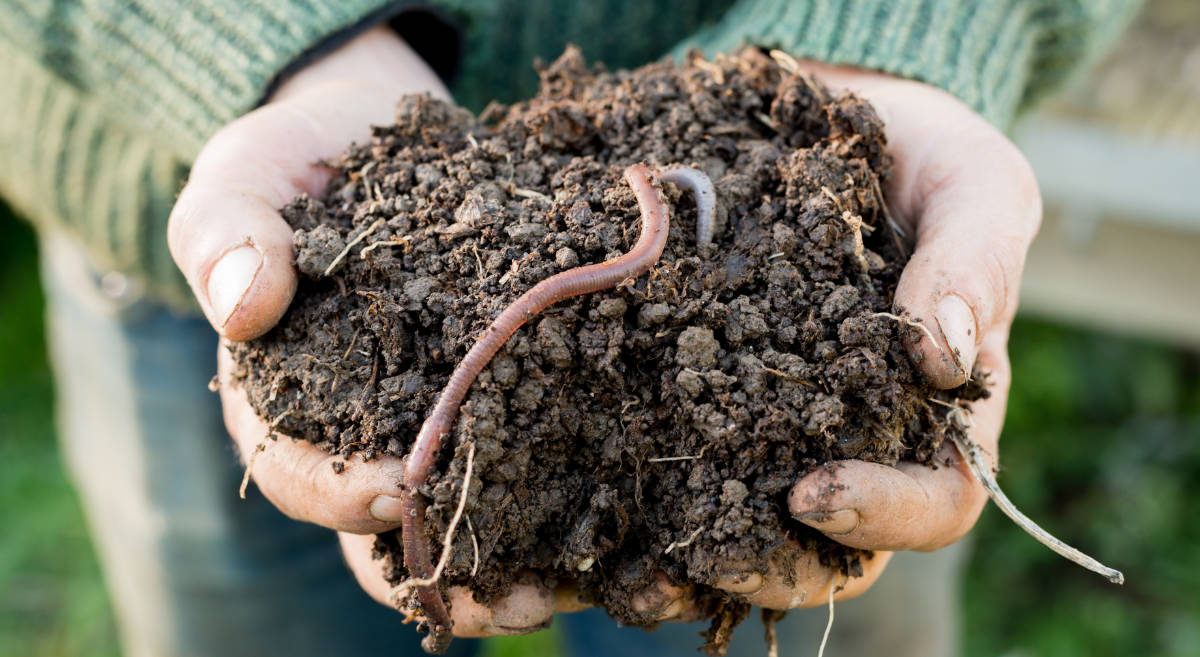Healthy garden soil owes a lot to the humble worm – and our guide on how to encourage worms in the garden can help your soil and plants be healthier, with better drainage and increased soil nutrients.
Garden worm facts
Did you know that cutting an earthworm in half doesn’t give you two worms? It just gives you one happy worm or one dead one.
Or that worms breathe through their skin? Or that they are hermaphrodites so each worm has both male and female parts?
Britain has about 16 species of earthworms likely to be found in gardens (and 29 species overall).
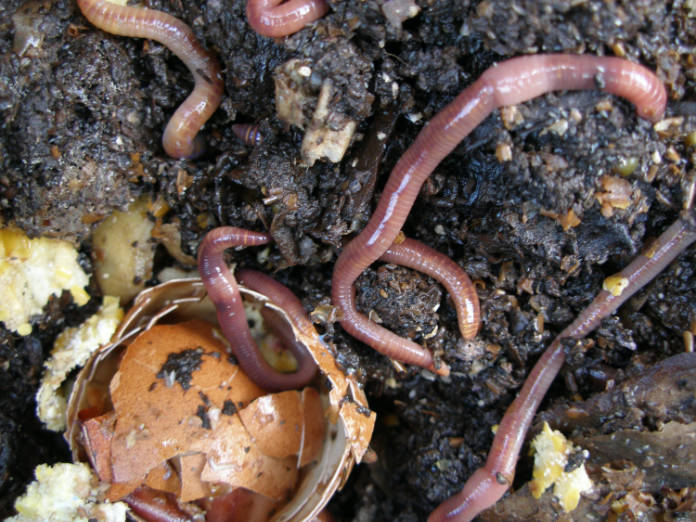
Why encourage worms in the garden?
Described by Charles Darwin as ‘nature’s ploughs’, worms turn the soil by tunnelling through it and mixing the earth, enabling air and water to flow easily, providing plant roots with the oxygen and good drainage that healthy plants need.
Worms can also ‘eat’ their own weight in decaying organic matter every day, breaking it down to release nutrients for plants to feed on.
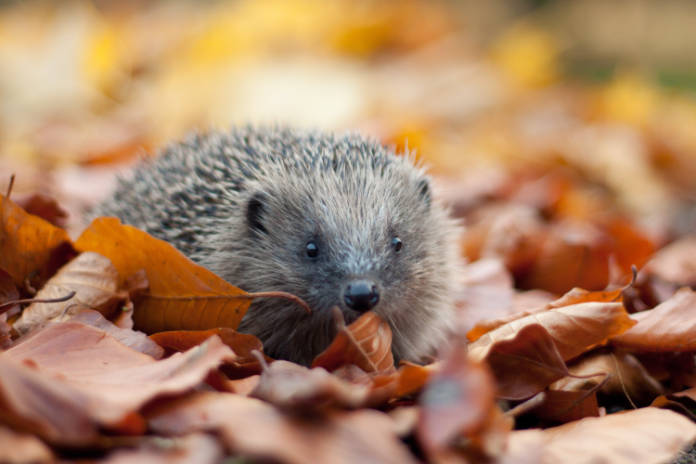
A healthy soil full of worms is a magnet for other wildlife. They are an important part of the food chain and diets of many animals, from blackbirds and robins to frogs, toads and mammals including hedgehogs and badgers.
Recommended: How to grow daffodils.
How to encourage worms in the garden
Here are some tips for welcoming worms into your garden:
Make your own compost
You can use a compost bin with a lid to make your own simple compost. Make holes in the base of the bin if it doesn’t have any, then place it on or close to the bare soil to let worms wriggle in.
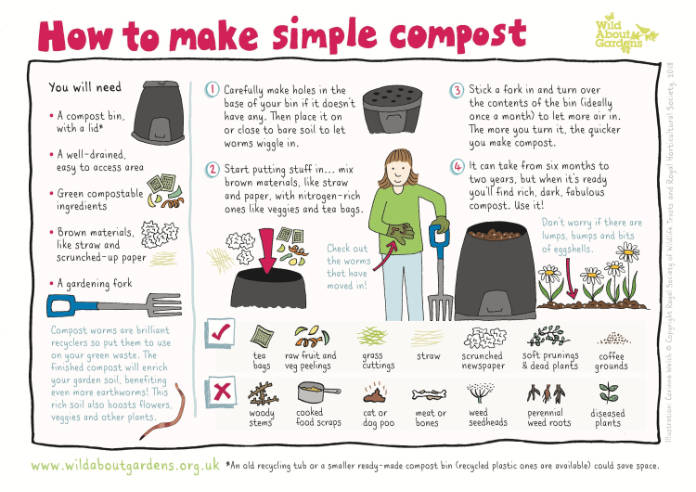
Start adding compostable ingredients such as veg peelings and grass cuttings, as well as brown materials like straw and cardboard. Then turn with a fork around once a month and in six months or so you’ll have rich, dark compost to nourish the soil.
Recommended: How to use compost – types of compost for the garden explained.
Let the earth breathe
Artificial turf and hard surfaces such as concrete or paving are pushing worms and wildlife out of gardens. Try and reduce the amount of hard surfacing in your garden to provide a habitat for worms and other beneficial creatures.
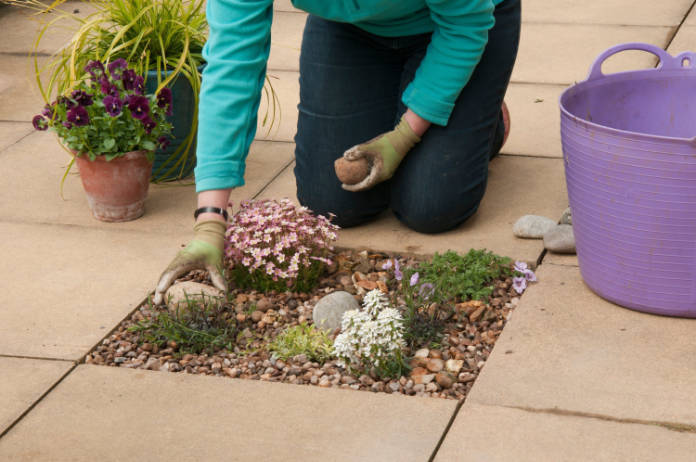
Small changes can make a big difference – consider lifting up a few paving slabs to make mini flower beds.
Mulch your plot
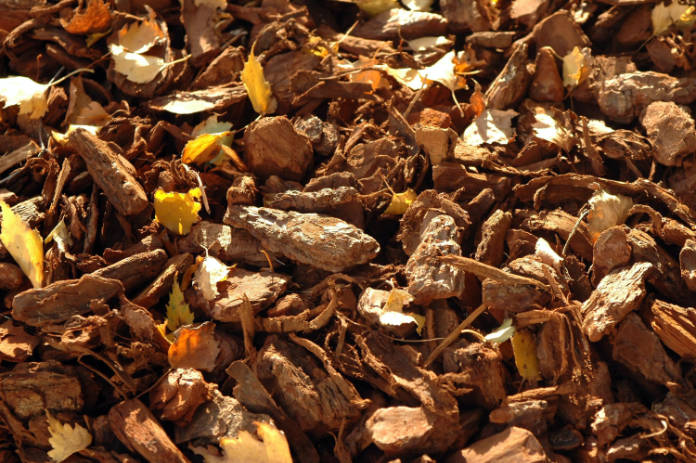
Keep moisture in the soil and smother annual weeds by mulching borders with peat-free garden compost or composted bark once a year. Spring is an ideal time to apply mulch and will bring masses of worms to the surface to improve the soil structure.
Add compost when planting
When planting a new plant outside in the ground, work in a little peat-free compost into the soil before infilling. This will not only provide food for worms, but will also help your plant establish.
Go natural
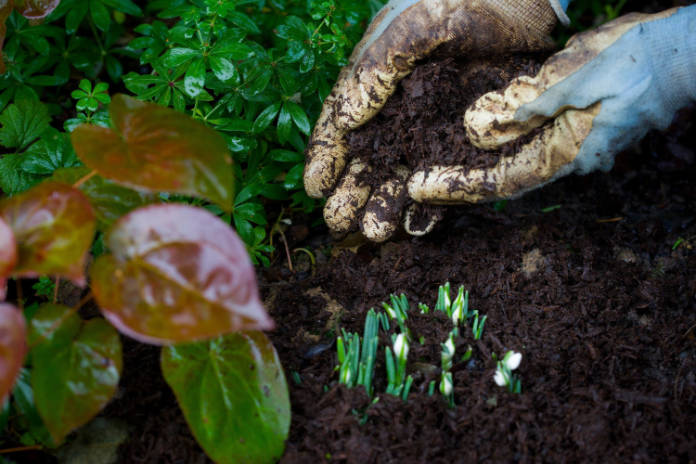
Consider replacing chemical fertilisers with manures, compost and natural fertilisers such as seaweed to encourage worms in the garden. These will feed the many microbes and mini-beasts that make soil fertile.
Find out more information about worms and the Wild About Gardens campaign.
What is biochar and why should we all be using it in our gardens?























































